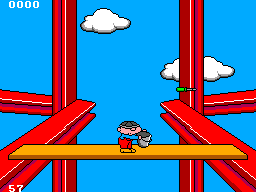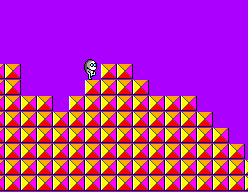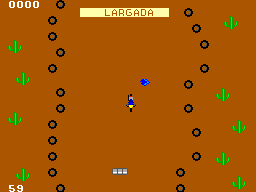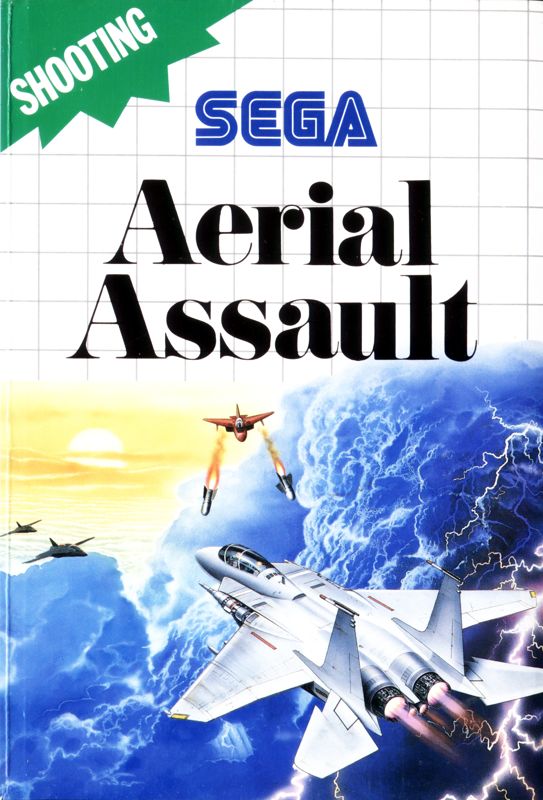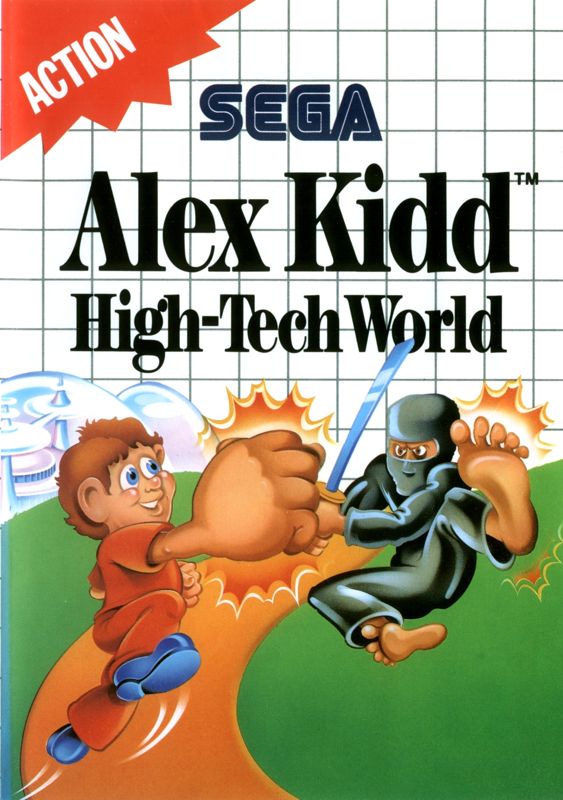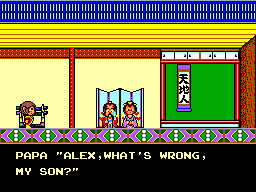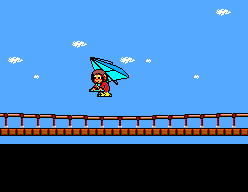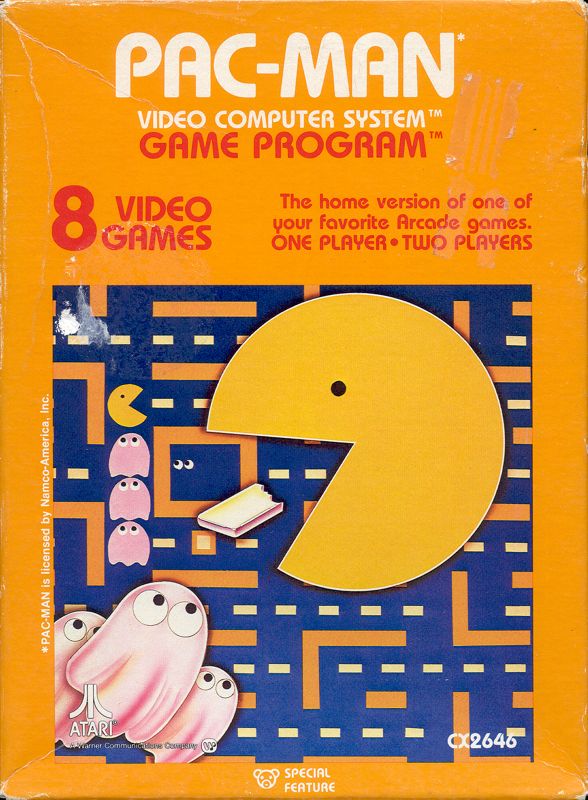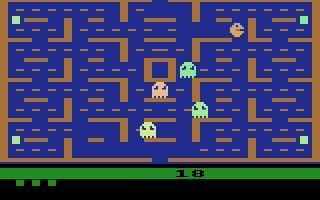Developer: Tec Toy
Publisher: Tec Toy
Release Date: 1995
You can all rest easy now because I went through the Sega Master System library and found a real stinker. I can finally break up the monotony of reviewing pretty good games. And this is the stinker of the stinkers. It’s the Action 52 of the Sega Master System except with an even weirder backstory. Sure Action 52 is bad, but it was made by some fly-by-night company who knew practically nothing about video games. 20-em-1 was made by Tec Toy. If you are a fan of Master System than you have probably heard of them. No company has ever loved a console as much as Tec Toy loves the Master System, and yes, it is in present tense. They’re the Brazilian company that kept producing games for the Master System until 1998. That’s right up until the end of the Sega Saturn. They were some high-profile releases too. They brought games like Earthworm Jim and Street Fighter II to the Master System. Even their more original games are based on franchises that are popular in Brazil. They released big deal franchises, not lazy shovelware. How much do they love Master System? They never quit supporting it. They quit releasing game regularly in 1998, but they still make and sell Master Systems. Their newest console appears to be a plug-and-play, but it’s still incredible that in 2024 you can still buy Master System products from a real game company. That’s what makes 20-em-1 so inexplicable. How could a company that cares so much put out something of such low quality? That’s a question I don’t really have an answer for.
20-em-1 was originally released as a pack-in with one of their many console re-releases. This is weird for a couple of reasons. For one it’s about the worst possible showcase for the console. Also, the console already had a game built in. A slightly more well-known game called Sonic the Hedgehog. Why they felt it necessary to include a cart of terrible mini games when the console already had Sega’s signature game built-in is beyond comprehension. It’s like if the NES had come bundled with Super Mario Bros. 3 and Rocky and Bullwinkle. Maybe they wanted to include something easy that the kids could play, because that’s about the only audience I could see for 20-em-1.
Of course, a multi-cart from the early 90s isn’t expected to have 20 Super Metroids on it, but it’s hard to think of games that offer less. Don’t expect to play most of these for more than a minute. In most of them you either move back-and-forth and catch things or move up-and-down and avoid things. You might know this type of game if you’ve ever played the lowest quality dollar store handheld. I was hoping that the developers actually had twenty ideas for games, but the basic formula rarely changes. In one game you’re a construction worker catching wrenches. In another you’re a mouse catching cheese. In yet another you are a frog catching flies. At least in that one you have to push a button. Actually, I’m pretty sure none of the games used two buttons. I don’t know why they wanted to make 10 terrible rip-offs of Kaboom!, but they did it.
What’s worse is that the games that deviate from the formula are even worse. In most of the games the goal is to reach a target score in less than a minute. However, there were a couple of games that were over in less than ten seconds. There is a motorcycle game that looked fun, but before I even knew what I was doing I had already won. Why did they make the one game I was interested in only last five seconds? There was a similar situation with a sluggish platformer that made me jump over about three hills before it was over. One of the games is a slow Pong clone that has what looks like a chef hitting a cookie into a stove. Yeah, that one lasts about twenty seconds. Am I getting repetitious? Well, that’s how it feels playing 20-em-1. It’s a compilation of the shortest, simplest games of all time. What am I supposed to say?
I will say that if you plan on beating it you will only lose about a half hour of your life. Most of the scoring goals are easy to achieve, and some of the more difficult looking games have an easy exploit. Just move your car to the correct spot or stand in one spot and shoot the ever-spawning enemies and you’ll do just fine. It has twenty games that last a minute at the longest with only a handful of them taking more than one try. It’s even hard to go back and improve your scores because the score accumulates every round instead of resetting. So if you want to know if you did better the second time you just have to take your total score and subtract the score you got the first time. I hope you have a calculator. That wasn’t always a given in the mid 90s.
Whatever Tec Toy’s goal was with 20-em-1 it didn’t seem to work. The game is extremely rare and never got a standalone re-release. I guess they were too embarrassed to try to sell it to the masses. It didn’t hurt Tec Toy though. They kept chugging along with Master System re-releases and buried 20-em-1 far down in their biography. I guess they realized that while Sonic the Hedgehog might be difficult, it’s still more fun for kids than slowly catching wrenches. So, no surprise but this game is going low. It’s at the bottom of the Sega Master System list and straddling the line of the offensively bad section. This statement always backfires on me, but I don’t see any SMS game ranking lower. It’s hard to beat 20 bad games all at once. Of course, if there is I will let you know. It’s not only my hobby but my sacred duty.
Sega Master System Quality Percentage: 7/10 or 70%
Sega Master System
- Sonic the Hedgehog
- Alex Kidd in Shinobi World
- Alex Kidd: The Lost Stars
- After Burner
- Alex Kidd in Miracle World
- Aerial Assault
- Alex Kidd: High Tech World
- Ys The Vanished Omens
- Action Fighter
- 20-em-1

